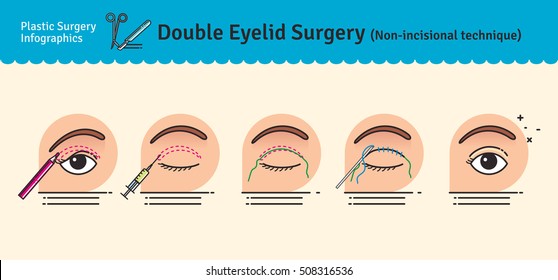https://pr.midvalejournal.com/article/Brinton-Vision-Proud-to-Serve-St-Louis-with-LASIK-and-Eye-Care-Needs?storyId=669706b73b8c5f0008a2d5bd By-Rutledge Riley
When contemplating the selection between traditional cataract surgery and laser-assisted methods, you might find yourself weighing the benefits and downsides each approach offers. The decision exceeds the surface level of expense and precision, diving right into the world of long-lasting outcomes and patient complete satisfaction. As you navigate via the intricacies of these 2 techniques, it becomes essential to understand the nuanced information that can significantly affect your aesthetic clearness and overall experience. Remain tuned to uncover the important aspects that will certainly direct your decision-making process in this crucial aspect of eye care.
Conventional Cataract Surgery Pros and Cons
When thinking about traditional cataract surgical procedure, you might discover that it's a well-established and widely-used method. In this procedure, a doctor makes a little laceration in the eye and makes use of ultrasound to break up the cloudy lens before removing it. As soon as the cataract is eliminated, a fabricated lens is placed to bring back clear vision.
Among the primary advantages of conventional cataract surgical procedure is its track record of success. Lots of people have had their vision significantly enhanced through this treatment. Furthermore, typical surgical treatment is commonly covered by insurance policy, making it an extra accessible alternative for many people.
However, there are some drawbacks to traditional cataract surgical procedure too. Recovery time can be longer contrasted to newer methods, and there's a somewhat higher threat of problems such as infection or swelling. Some individuals may additionally experience astigmatism or require reading glasses post-surgery.
Laser-Assisted Techniques Pros and Cons
Discovering laser-assisted methods for cataract surgery introduces a contemporary approach that uses laser modern technology to perform vital steps in the treatment. One of the primary advantages of laser-assisted cataract surgery is its precision. The laser enables exceptionally exact lacerations, which can cause much better visual outcomes. Additionally, the use of lasers can lower the amount of ultrasound power needed during the surgical treatment, possibly reducing the threat of difficulties such as corneal damages.
On the disadvantage, laser-assisted techniques can be a lot more costly contrasted to standard methods. This price mightn't be covered by insurance, making it less available to some people.
Another factor to consider is that not all cataract doctors are trained in laser technology, which could restrict your options for selecting a doctor.
Lastly, while https://www.investopedia.com/terms/v/vision-care-insurance.asp can automate certain facets of the treatment, the surgical procedure still calls for a skilled specialist to guarantee successful outcomes.
Comparative Analysis of Both Approaches
For a thorough understanding of cataract surgery techniques, it's essential to conduct a comparative evaluation of both standard and laser-assisted methods.
Traditional cataract surgical treatment entails manual cuts and the use of portable tools to break up and eliminate the gloomy lens.
On the other hand, laser-assisted cataract surgical treatment makes use of innovative modern technology to develop precise lacerations and separate the cataract with laser energy before removing it.
In terms of precision, laser-assisted strategies provide a greater degree of precision compared to traditional techniques. Using lasers enables customization of the treatment based upon each individual's eye makeup, possibly causing far better visual end results.
Nevertheless, laser-assisted cataract surgery often tends to be a lot more expensive than standard surgery, which may restrict access for some people.
While both techniques are effective in recovering vision impaired by cataracts, the option between typical and laser-assisted techniques frequently depends upon elements such as cost, precision, and individual patient requirements.
Consulting with your ophthalmologist can aid establish the most ideal method for your cataract surgical procedure.
Conclusion
Finally, when making a decision in between typical cataract surgical procedure and laser-assisted methods, think about variables like price, precision, and private requirements. Traditional surgical treatment provides a tested track record and insurance protection yet might include longer healing times. Laser-assisted methods provide higher accuracy and modification but can be a lot more costly and not always covered by insurance coverage. Ultimately, the selection between the two approaches depends on what is essential to you and your details circumstance.

